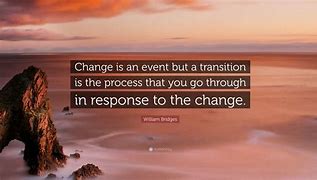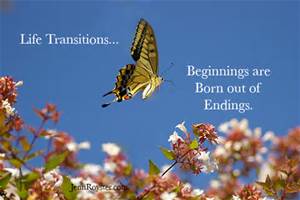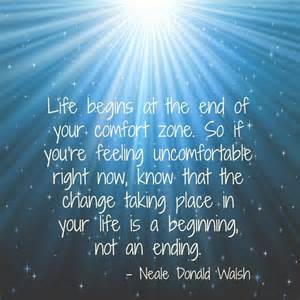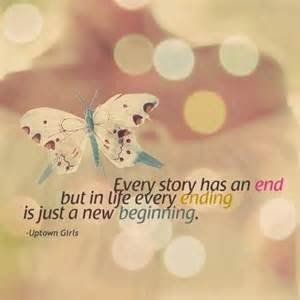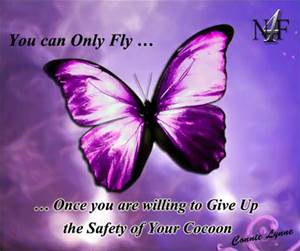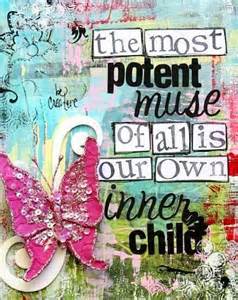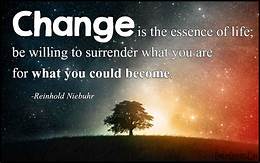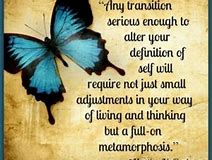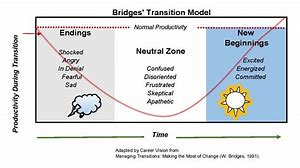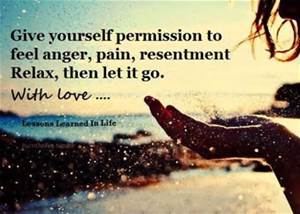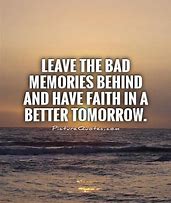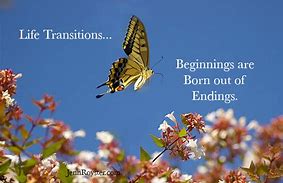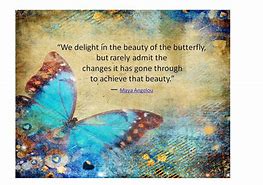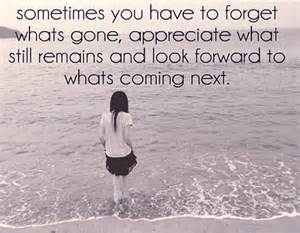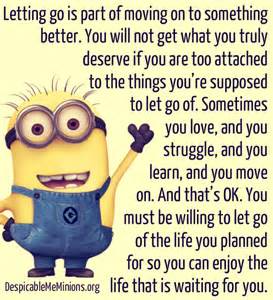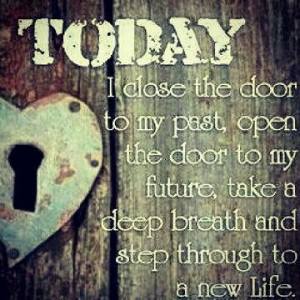One week before the start of spring 2024, my little corner of the world experienced sunny days with temperatures in the high 60s and low 70s F. The grass began to green; trees began to bud; and, the daffodils were in full bloom. Two days before the start of spring 2024, the sky in my little corner of the world was gray, temperatures struggled to hit the mid-30s F, and snow danced on the winds that blew, leaving a dusting of snow on the greening grass and the beautiful daffodils.
In my little corner of the world, this weather is not unusual when the season changes from winter to spring. In my part of the world, spring-like weather is characterized by milder temperatures and rain; however, it is not unusual for winter-like weather to persist – temperatures in the 20s and 30s F and more solid precipitation like snow, sleet, or freezing rain. It’s like each season is struggling for control – spring, ready for its new beginning, embracing the change; winter not wanting to let go, resisting the change.
Isn’t this similar to what happens when a change enters our life? I feel we do indeed find ourselves in transition just like the seasons. Just as winter resists the change and doesn’t want to let go of what was, so often we do the same. We often want to hold on a little longer just as winter does. But, shades of the change exert themselves and little by little we find ourselves moving from what was to what will be.
This struggle between what was and what will be is the transition stage of change. It is a wilderness (or a neutral zone as change expert William Bridges calls it) where the old and the new overlap. Turbulent is a great word to describe our time in the wilderness of transition because we are all over the place and struggling for control. One day, we seem to be moving forward only to find ourselves sliding back the next day. (Think sunshine and temperatures near 60 F one day and a gray sky, temperatures in the low 20s F, and six inches of snow the next.)
But, the beauty of the wilderness and our time spent there is that we get to work through the turbulence of the transition; we get to work out our resistance to the change. This week, we will explore some ways that this happens.
Time in the wilderness gives us the opportunity to explore why we are so resistant to the change. I have to note that resistance to change is normal, but we need to move beyond it. We can’t let it drive us. We need to spend time taking a hard look at what is causing us to want to hold on to what was. Be honest in the assessment. (Often we find that control is at the heart of our resistance. So, looking at what we can control and what is out of our control is most helpful.)
Resistance in the beginning stages of dealing with change can act as a protector (from dealing with the unknown and from making decisions in haste). Staying in a state of resistance only limits us so we do need to move beyond it. We do this by looking at the possibilities and opportunities we have in the changed environment. It may take a long time for us to discover who we really are and what we are to do in our changed environment. Time in the wilderness helps us explore options. It is out of the excitement, the sense of being overwhelmed, the confusion, and the fear that new ideas, that new discoveries, reorientations and creativity take center stage and help propel us toward something we might be able to accept, something that makes sense out of the change, something that will put us on the path to discovering what we are to be in the new environment.
Change usually brings about the loss of something (a loved one, a way of life, familiar routines, etc.) and fear usually accompanies loss. Resistance is common when we face a loss. It is natural to want to hold on to what we are used to, what we love, what brings us comfort. Wandering the wilderness gives us time to face our fears and to work through them.
We get to work through being uncomfortable in the wilderness. When in the wilderness, we have given up something with which we were once very comfortable, but we have not yet become comfortable with the “new place.” If we get scared enough, we may be tempted to fall back on the former, the old; we may try to slip back into our comfort zone. This is all normal and natural. In fact, time in the wilderness is not linear. It is more like start, stop, loop back, move forward, step back, surge forward. Time in the wilderness is more spiral – or cork screw-shaped than linear or one dimensional. (Think again of the turbulent transition of the seasons.)
While in the wilderness, we question everything:
- Ourselves (Who am I? What purpose do I now serve? What about this change makes me so uncomfortable?)
- What happened (What was this change all about? What was lost? What was gained? What do I like about the change? Why am I so resistant to the change?)
- Next steps (What comes next? What is my new reality?)
Coming up with answers to these questions helps us sort through everything and come up with a plan for moving forward. Through the answers we are able to identify all the reasons why we are so resistant to the change and within those answers we find the key for embracing the change and moving on with our life journey.
Change (the situational event) is hard but the transition (the emotional response to the change) is even tougher. Most transitions can be turbulent especially the time spent in the wilderness (or neutral zone). But, time in the wilderness is well spent and when the journey there is finished, we will be ready to move on and make a successful new beginning.
William Bridges sums things up nicely when he says, “Without a transition, change is just a rearrangement of the furniture.” We must allow ourselves to travel the path of transition and experience the process. We must integrate the change into the fabric of our being and really examine how it affects our core. Only in doing this will we be able to move forward. Only then will we be doing more than just rearranging the furniture.




